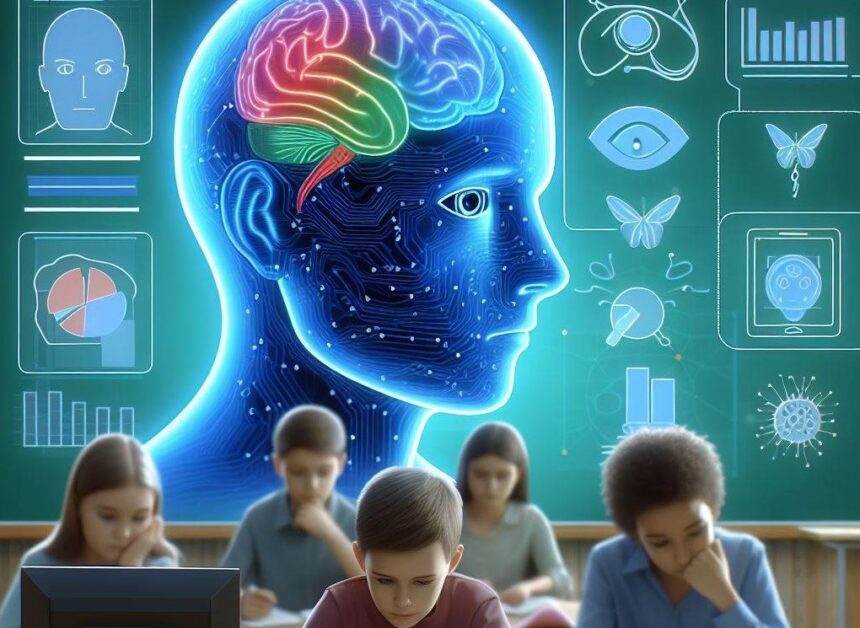The scientists utilized AI (ML) – a sort of man-made intelligence that help machines gain and improve from information examination without unequivocal programming – took a gander at cortical thickness and surface region, alongside volumes of profound lying mind locales.
Artificial intelligence is the simulation of human intelligence processes by machines, especially computer systems.
Tension issues regularly first arise during pre-adulthood and early adulthood. These issues cause major profound, social and monetary issues for a large number of young people around the world.
New Delhi: Man-made consciousness (simulated intelligence) can assist perceive people with uneasiness issues in view of their novel cerebrum structure, as per a review.
The exploration, distributed in the diary Nature Psychological wellness, required around 3,500 youth somewhere in the range of 10 and 25 years of age from across the globe.
To work on the outcomes, the calculations should be additionally refined and different sorts of cerebrum information, for example, mind capability and associations, should be added, they said.
These underlying outcomes will generally hold – are generalizable – in such a different gathering of young people as far as identity, geological area and clinical qualities, the scientists said.
This delivers the review results rather intriguing, they said.
As per lead scientist Moji Aghajani, Partner Teacher at Leiden College in Netherlands, the review could ultimately work with a more customized way to deal with counteraction, diagnostics and care.
Uneasiness problems ordinarily first arise during youth and early adulthood. These issues cause major profound, social and monetary issues for a large number of young people around the world.
Be that as it may, it is hazy which cerebrum processes are engaged with these tension problems, the specialists said.
“This deficient comprehension of fundamental mind bases is generally because of our shortsighted way to deal with mental problems among young people, in which clinical examinations are many times too little in size, with an excessive lot of spotlight on the ‘normal patient’ as opposed to the individual,” said Aghajani.
“This, additionally, agrees with utilization of customary insightful strategies, which can’t create individual-level results,” the scientist added.
Be that as it may, the field is gradually changing, with additional emphasis on people and their extraordinary mind qualities, using huge and different datasets – otherwise called “large information” – joined with computer based intelligence.











+ There are no comments
Add yours